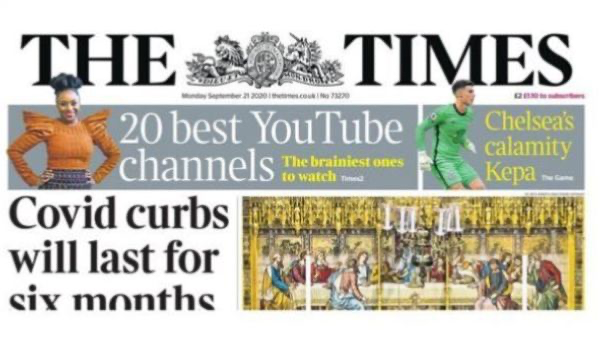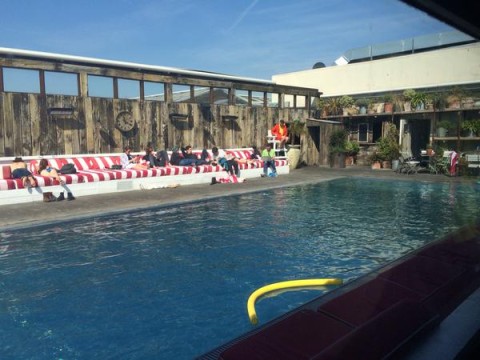This is a tougher question for me as there is no clear cut answer and the ideas I have are spread across all platforms – web / phone / tablet / desktop. All platforms have different pros and cons and also require different development skills.
I’ve been developing web based apps for over 20 years. The original ARCHICADselect Website was powered by early ASP and SQL Database. This evolved over time and became a whole front and back office system integrated with accounting, support, payments, subscriptions.
More recently I have been learning iOS development with Swift and SwiftUI. This has certainly been fun and has been great to see some early ideas come to life on my iPad – even if they are very primitive!
When considering platforms I’m also coming back to business models like subscription and freemium.
Freemium is where you have a Free Version and a [paid] Premium Version of the software. The general idea (and the details should be a post on themselves) is that the Free Product is a marketing Tool to capture as many users as possible and then convert a number of these to paying customers.
A key consideration with regards to Freemium is the “cost to serve” that is, how much does it cost to serve each freemium user. There are many businesses that have failed purely due to the excessive costs associated with supporting their ‘free’ users.
A fairly simplistic view admittedly is that free customers on a “web based” system will have costs that can increase significantly as the number of customers increases. While a piece of software installed on a users iPad has a very margin cost to serve which (should) stay under control with large volumes.
This is not the only consideration but an example of how different platforms can have different affects. Like I say Freemium is a strategy in itself and I’d be jumping the gun a little to be deciding my business model detail without first knowing what I am developing.
In short, this is one area I still need to give considerable thought, though based on some prototypes to date I can at least reduce the options to web or iPad – or ultimately maybe a mix.


